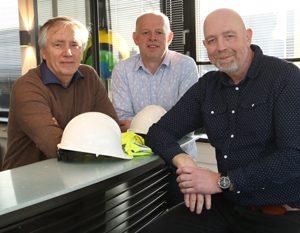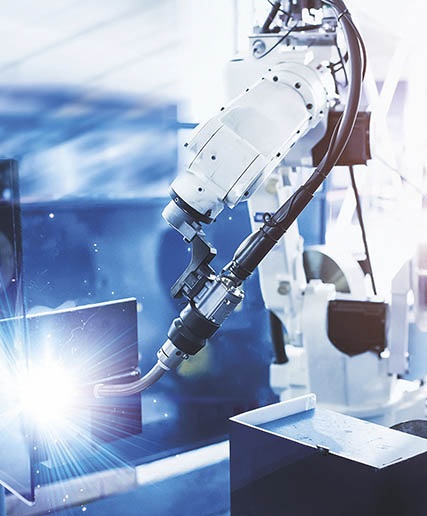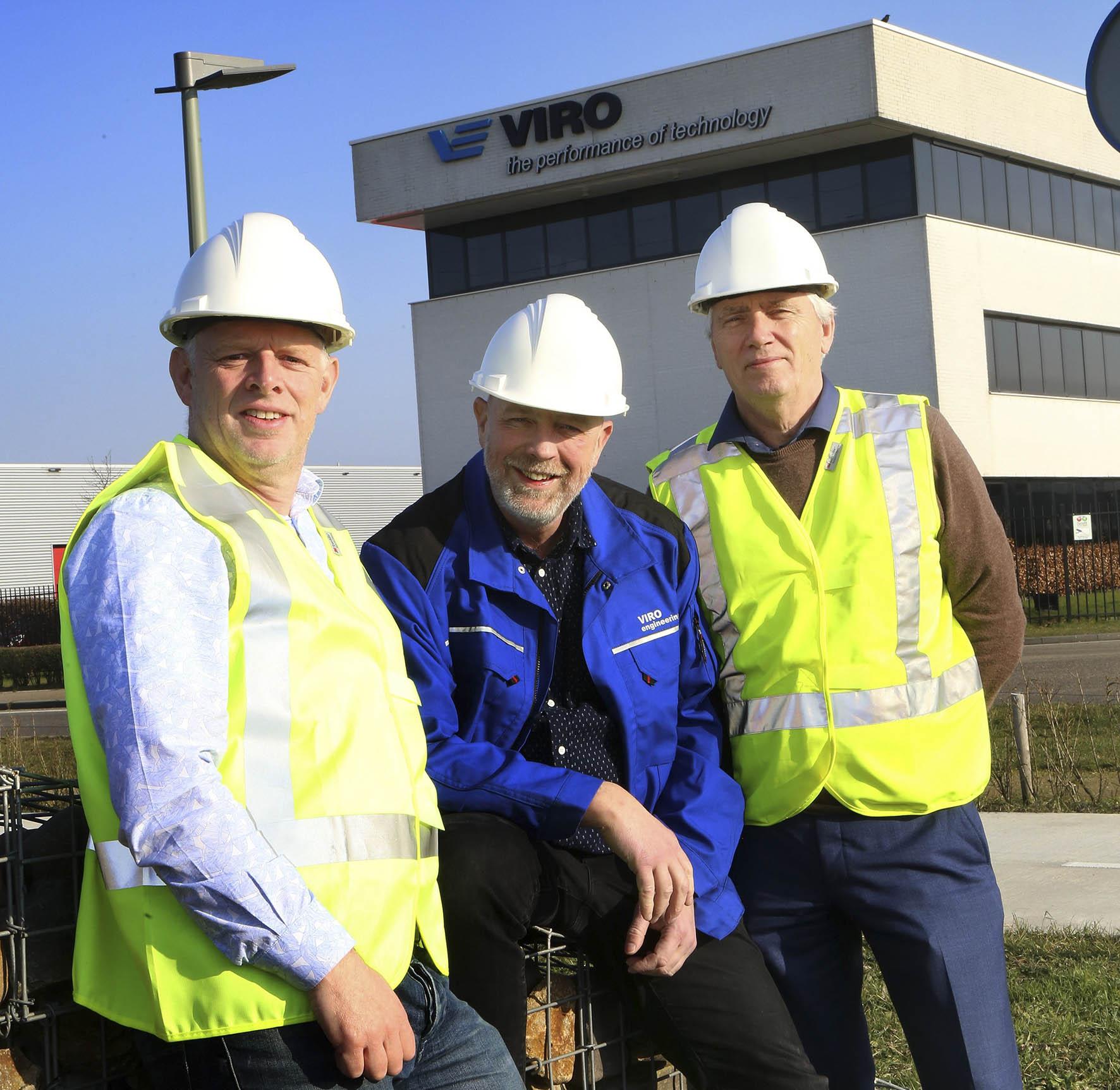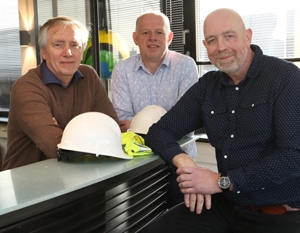Get in touch with us
Open application




In the process industry, the concept of safety includes many overlapping areas, ranging from machine safety to explosion safety. From risk control, when working with hazardous substances, to the use of certified work equipment. Despite the differences, the safety principle is always the same: the safety of machines and processes starts on the drawing board.
Machine and process safety
The importance of machine and process safety is clear for all to see. The people who work with the machines and the processes must arrive home healthy and happy at the end of every working day. Dangerous situations must be prevented so that there are no unacceptable risks. ‘I don’t need to tell you that engineering has an important role to play in the safety of processes, products, machines, and people,’ says Arno Luisman of engineering firm VIRO: ‘Everybody understands that. But we do notice that the role of safety support and engineering aren’t yet always properly appreciated.’

From left to right Han Peeters, Arno Luisman, Roel Tang
Engineering x safety = a unique combination
Arno coordinates the Safety team at VIRO. In his job, he has an insight into the way customers perceive safety at all the VIRO branches in the Netherlands. ‘Safety is still often seen as an “add-on” to the design. The safety of the design is often only assessed at the end of the design phase or during the realisation phase. This sequence often results in unnecessary costs and loss of time. By focusing on the safety aspects early in the design phase you avoid having to make adjustments later in the design, the machine, or the system. It has been statistically proven that in many cases this can save from 100 to 1000 times the costs. ‘Besides the financial aspects, security and peace of mind are also important considerations: ‘Companies want safe, reliable, durable, and cost-effective systems, processes, and products. It is precisely in these areas that we can add value with our expertise. VIRO offers companies a total solution. Our technical engineering firm combines detailed technical knowledge with a specialisation in industrial safety. This enables us to provide companies with total solutions. Companies are then sure that their products and processes are complying with all the relevant laws and regulations. Also in relation to safety.’
CE marking in Japan
In Japan they now also know what VIRO can add in the area of industrial safety. The Japanese corporation TOWA is active in the semiconductor industry and makes moulding machines for chips, LEDs, and electronics for the automobile industry. TOWA Europe’s head office is located in Duiven. Richard van Boggelen of VIRO has been seconded there since 2016, in the dual function of mechanical engineer/safety engineer. ‘As a safety engineer, I perform the risk assessments and evaluations for both the CE marking and health and safety.’ In Duiven there was a promo machine that had been developed in Japan. When that machine was sold to a European customer, TOWA Europe asked Richard to supervise the CE marking process. Not long afterwards, another machine, that still had to be built in Japan, was sold to a European customer. Richard: ‘Customer A wanted a transfer moulding machine, while Customer B needed a compression moulding machine. Both machines have similar specifications and safety risks, such as jamming under high pressure and operators burning their skin at high temperatures.’
Limits of Machinery
The engineering for Customer B’s machine was carried out in TOWA’s home base of Kyoto so Richard travelled to Japan to help with obtaining the CE marking. Some of the preparations were made in the Netherlands. That included writing the Limits of Machinery: ‘This literally describes everything the machine can and cannot do. For example, you explain who the users are, their level of training, how the work environment looks, and so on: all the factors that are important for an accurate estimate of the risks with the machine. When an untrained operator is assigned to work on a machine, this probably involves greater risks than when a trained and properly instructed operator does the same job. When a bread-cutting machine is used by consumers in the supermarket, it must comply with stricter safety requirements than when only the supermarket personnel operate the machine.’
International teamwork
Richard headed off to Japan after preparing the RI&E (Risk Assessment & Evaluation) and collecting and inspecting the drawings and calculations. Once he arrived there, he compiled the technical manufacturing schedule and checked that it was complete. A number of points in the user guide were adapted and the declaration of conformity was drawn up: ‘For the PL calculations (performance level) of the safety circuits, we called in a colleague at VIRO’s Hengelo branch because I and my colleagues in the Arnhem branch didn’t have the required knowledge at the time. We performed the verification at the TOWA plant in Kyoto. Among other things, we tested whether the emergency stop and door switches actually did what the diagram said they would do.’

CE marking just one of our safety themes
CE marking is one of the specialisations for which the VIRO companies can provide a complete service. Arno Luisman: ‘Safety is an enormously broad concept. The subject matter covers the laws and regulations, the safety of processes, machine, and product safety and the safety of the work equipment. And all of these themes involve multiple levels of detail. You can specialise in risk analyses such as HAZPs and FMEAs, the machinery directive, CE-labelling, the PGS, ATEX explosion safety documents, and so on. All of these individual aspects have their own guidelines and directives. Inside VIRO, we make a distinction between the mainstays of Industrial Projects, Mechanical Engineering, and Product Engineering. In each mainstay, we define which safety aspects the departments in question are supposed to have knowledge of.’